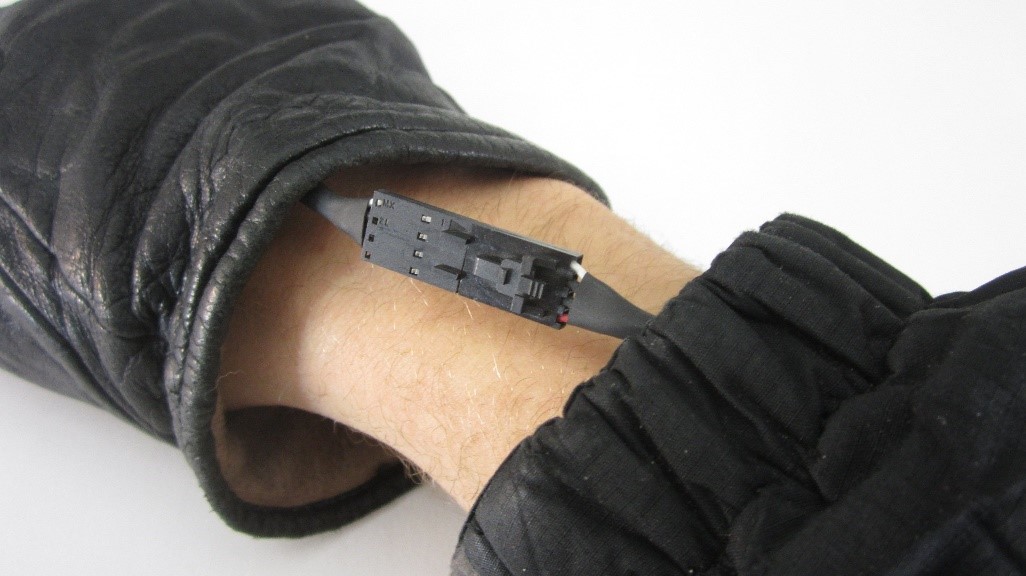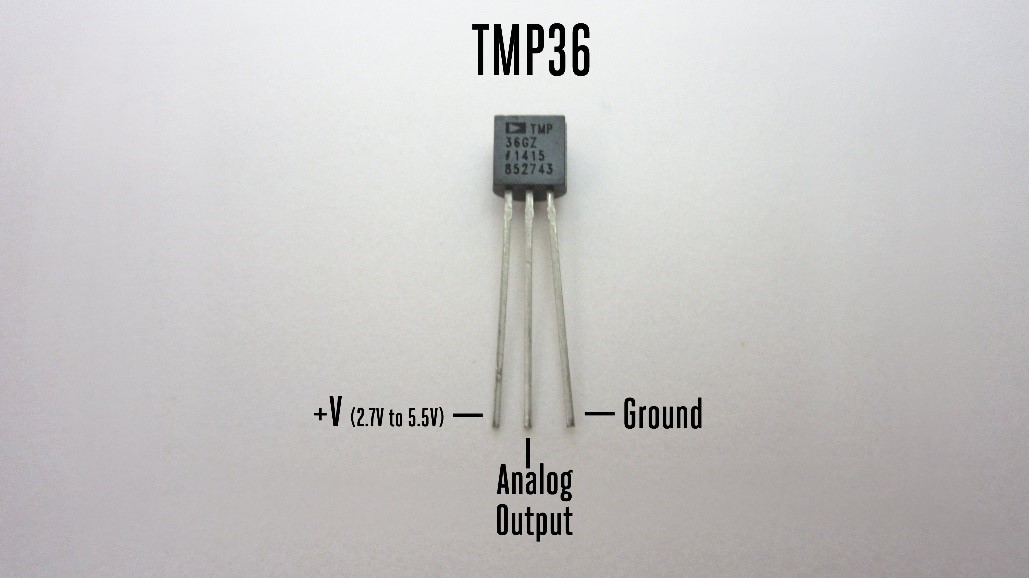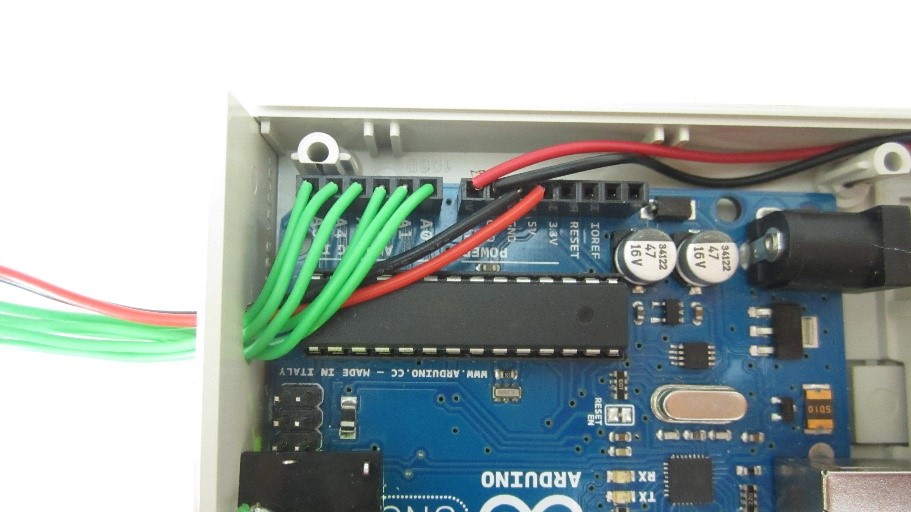
Colder weather is fast approaching, which means keeping a careful eye on your body temperature if you spend a lot of time outdoors. Winter’s risks toward your body include frostbite and even hypothermia if your temperature falls too low. To find a solution to those chilly days of yardwork or outdoor exercise, Makezine user Jason Poel Smith designed an automatic temperature sensor that monitors the warmth of your fingers, toes, and torso in relation to the day’s temperature. Try following his steps, shown below, to make your own temperature sensor before the coldest days of the year come around.

While there are various different sensors you could use for this project, Smith incorporated a TMP36 integrated circuit because of its linear output and ability to work without any calibration. Having transistors with differently sized emitter layers, the sensor ultimately has different outputs at different temperatures, and you can determine a certain temperature by comparing the sensors. This particular sensor also has an operating range of –40°C to 125°C, giving you usage in even the most extreme temperatures. Smith also shared an Instructable link for specifics on how to use the TMP36 sensor.

After determining what type of sensor to use, you can add connector wires to the leads of your sensor. Since the finalized sensor will be mounted several feet away from your microcontroller, you’ll need to connect the sensor with these wires. Smith used header pin connector cables, cutting one end off the cable and fusing three wires to the sensors’ leads.

Next, in order for the temperature sensor to measure finger and toe warmth, you’ll want to place the sensors inside pairs of gloves and shoes. Smith recommends using gloves with multiple layers for secure mounting. When you’ve selected an ideal pair of gloves, cut a slit in the inside cuff’s fabric lining and then slide the sensor and its wire between the liner and the glove’s next layer. Situate the sensor by the end of the middle finger’s space. When mounting a sensor inside a shoe, no modification should be needed, and just sliding it into place should do the trick!

The next challenge is to connect sensors to the Arduino. Smith’s TMP36 sensor can connect directly to Arduino pins, and he advises that the sensor’s left pin be connected to the Arduino’s 5-V pin/3.3-V pin and the right one be connected to the GND pin. The Arduino’s center pin can connect to one of the board’s analog input pins.
You’ll then need a second set of connector wires to fit between the Arduino and the original wires found on the gloves and shoes. As with the original fitting, these wires should also fit between layers without an issue.

Because the system needs to alert you when your body is growing too cold, you should invest in earbud headphones to include in the device setup. Smith was able to connect headphones to his Arduino’s pins by adding a headphone connector and soldering on an extension wire and 100-kΩ resistor. The resistor is needed to adjust the tone that PWM output pins will play on headphones.

Next, download the Arduino code and upload it to the device.

Your next task is to track down an insulated project enclosure large enough to hold the Arduino and your 9-V battery. After drilling holes in one side of the enclosure for the headphone connector and wires, position everything and seal the enclosure.

Now your sensor should be totally prepared for use in cold weather. The Arduino board is capable of working with six sensors at once, so Smith recommends that you make even more so you’re thorough in regulating your body temperature. If any sensors reach below your set alarm value established in the Arduino code, you’ll hear a tone in your earbuds to fix the technical issue.

Since the colder weather will be here before we know it, looking into making your own temperature sensor is definitely a smart idea.
Source: Makezine
Advertisement
Learn more about Electronic Products Magazine





